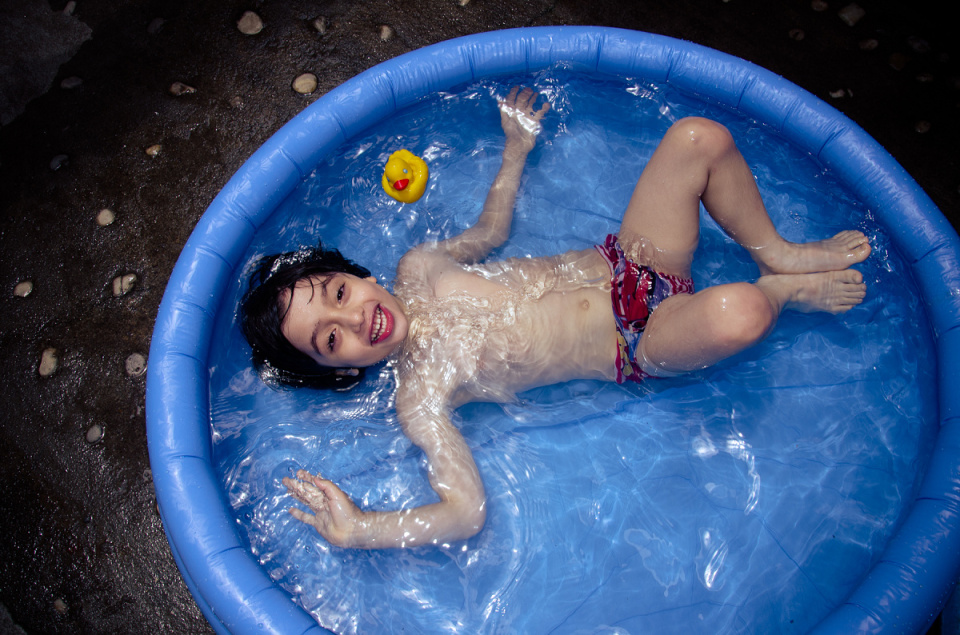Visual past
When Daguerre announced his great invention to the public in the summer of 1839, he explained how it worked but not really what it was for. The process was obviously a miracle of the age of science, and like any miracle it was self-justifying. Painters did say that it would be a great aid to art, and physicists said it would be a great aid to science, but the important thing, on which everyone agreed, was that it was astonishing. Pictures of exquisite perfection had been formed directly by the forces of nature.
What the daguerreotype was in fact used for was recording the faces of millions of people. Of the countless thousands of daguerreotypes that survive, not one in a hundred shows a building or a waterfall or a street scene; the rest is an endless parade of ancestors. Most of these people were, outside their own family circles, nearly as anonymous when alive as their portraits are now. Nevertheless it is interesting to consider the fact that after Daguerre every man's family acquired a visual past: a tangible link with the history of the species.
John Szarkowski
Looking at photographs: 100 pictures from the collection of The Museum of Modern Art
- 3
- 1
- Nikon D7000
- f/11.0
- 21mm
- 125


Comments
Sign in or get an account to comment.


